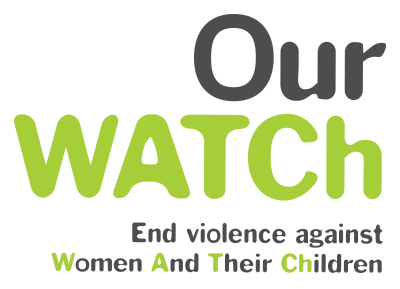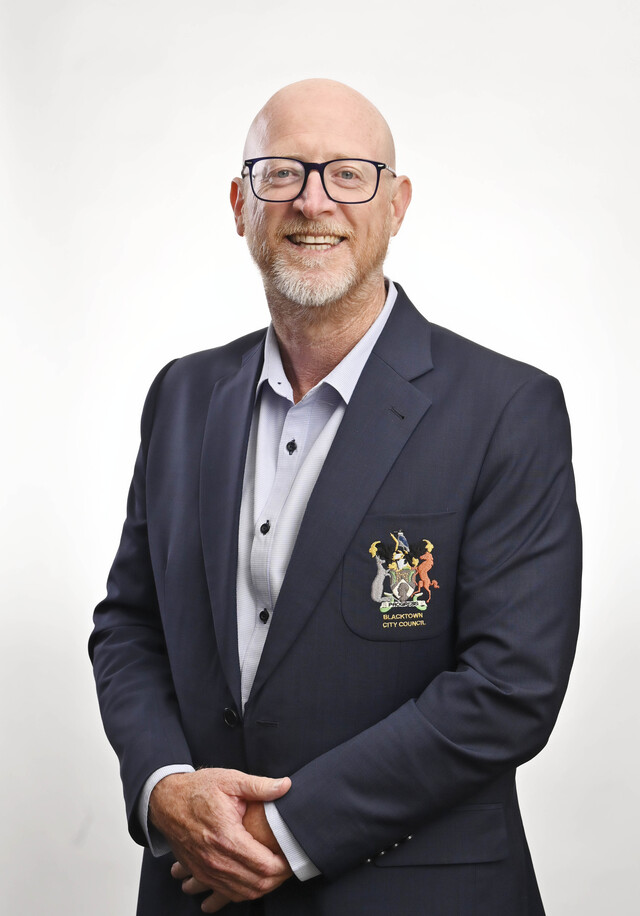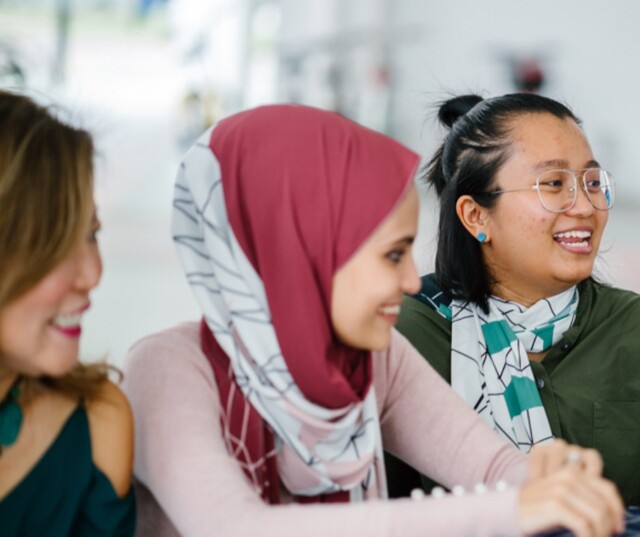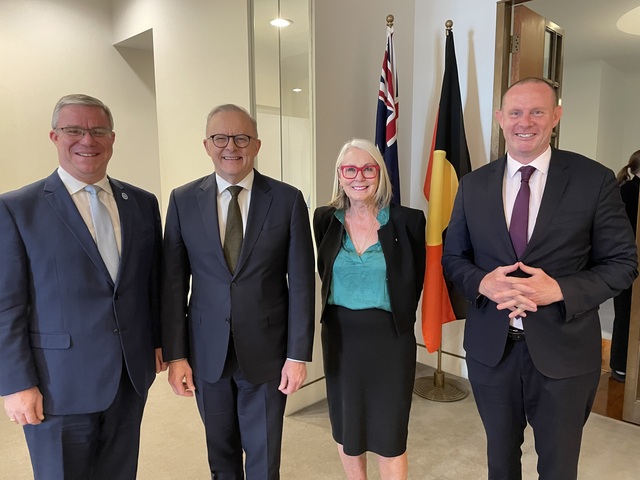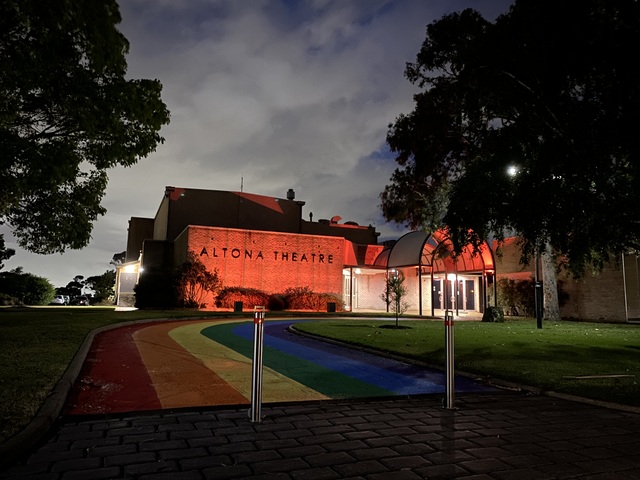Violence against women and their children in our communities is serious, prevalent and driven by gender inequality. It is an issue that affects all communities.
The impacts of violence against women are felt by families, workplaces, communities and the economy, and include a range of consequences on mortality rates, employment, housing and physical and mental health.
We all have a role to play in stopping violence against women before it starts. Many local governments across Australia are taking important steps towards preventing violence against women in their workplaces and communities.
Focusing on the prevention of violence against women can positively contribute towards achieving a broad range of local government strategic objectives and management responsibilities, as well as promoting the health and wellbeing of individuals, families and communities.
In 2020, the Workplace Gender Equality Agency commissioned research into gender equitable procurement and supply chains.
This report identified a range of business benefits alongside improved gender outcomes.
It noted that gender inclusive workplace practices, process and policy can improve financial performance and improve long-term organisational resilience. It can also enhance organisational reputation both within the workplace, with external stakeholders and with the community, and demonstrate leadership and organisational commitment to gender equality.
The free Prevention Toolkit for local government from Our Watch provides evidence-based and practical resources that can guide local government staff in designing, implementing and evaluating prevention initiatives and strategies that are relevant to their local government and meet the needs of their communities.
Our Watch is a national leader in the prevention of violence against women and their children in Australia. The not-for-profit organisation works to embed gender equality and prevent violence where Australians live, learn, work and socialise.
Our Watch co-designed the Toolkit with regional and metropolitan stakeholders and experts from across the country and trialled it in five councils: City of Charles Sturt, Latrobe City Council, Mackay Regional Council, City of Mandurah and City of Parramatta.
At the recent Australian Local Government Association Roads, Regions, Resilience Congress, Our Watch Chief Executive Officer, Patty Kinnersly and a panel of local government experts discussed the toolkit and the crucial role that local governments can play in preventing violence against women.
They highlighted how local government work reaches and benefits people and communities across the whole of their lives and can profoundly influence social and community change.
During the conference, Our Watch staff members connected with local government leaders and state and territory associations from across Australia.
The Our Watch team is looking forward to developing these relationships and helping to build, support and sustain a diverse and skilled local government workforce who use prevention
tools and resources.
Local government is well placed to respond to concerns formulated at the local level, to lead primary prevention activities through existing mechanisms, infrastructure and partnerships and incorporate violence prevention objectives and associated activities into the core business of council.
Local councils’ unique position in the community enables access to communicate directly with the citizens they govern and spread the message about priorities and responses to community safety and wellbeing.
Councils’ strategic role across all areas of the community also means they are uniquely placed to form and build productive partnerships with those well placed to do primary prevention.
These can include community service organisations or groups that manage community facilities and programs, local businesses and private enterprises, or public and private investments in the area, such as housing, transport, primary health care, sporting associations, local community groups, education and the local media.
The toolkit can help with:
- gaining buy-in from elected councillors and management
- establishing an internal working group
- undertaking a gender audit of council’s policies and procedures
- identifying key internal and external stakeholders, and
- partnering with community organisations to provide training and awareness-raising workshops and more.
Being aware of your council and community strengths and opportunities enables you to engage with organisational and community leaders and partners to support gender equality and embed this work throughout your municipality.
Visit the toolkit online, talk about it with your colleagues, other councils and your community members and partners.
handbook.ourwatch.org.au/localgovtoolkit/
The Toolkit is supported by the Australian Government Department of Social Services.
*Copy supplied by Our Watch

